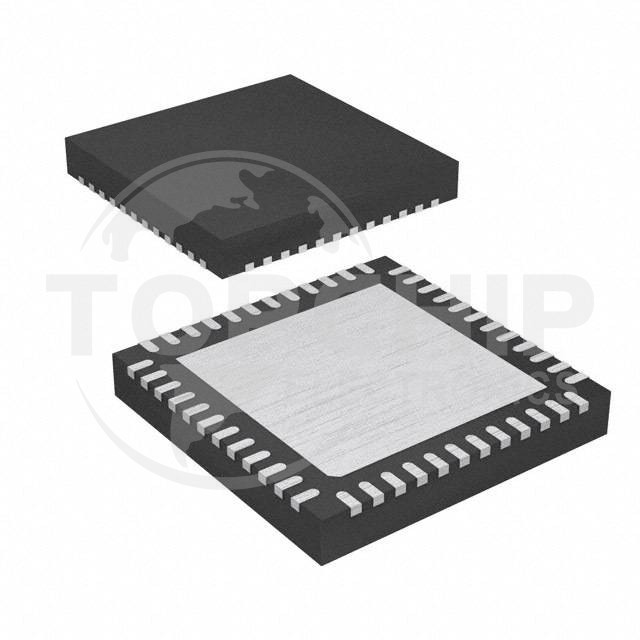The history of microcontrollers dates back to the 1970s when advances in semiconductor technology led to the development of integrated circuits. Microcontrollers are essentially small computers on a single integrated circuit (IC), containing a processor core, memory, input/output peripherals, and other essential components.

1. Origins: The microcontroller concept emerged during the late 1960s and early 1970s as the semiconductor industry sought ways to reduce the size, cost, and complexity of electronic systems by integrating various components on a single chip. One of the significant drivers behind microcontroller development was the growing demand for more efficient and compact electronic systems.
2. The first microcontroller: The first microcontroller is attributed to Texas Instruments engineer Gary Boone. In 1971, he was granted a patent for a single-chip computer, leading to the development of the TMS1000 microcontroller. The TMS1000 contained a microprocessor, 1KB of mask-programmable ROM, 64 bytes of RAM, and I/O peripherals in one integrated circuit.
3. The rise of microcontrollers: In 1976, Intel introduced the 8048 microcontroller, which found its way into a wide variety of electronic devices. The 8048 featured 8-bit processing, a 6 to 11 MHz clock speed, 1KB of EPROM memory, 64 bytes of RAM, and peripherals. Intel's 8051 microcontroller soon followed, becoming a popular choice for embedded systems due to its versatile architecture, low power consumption, and ease of programming.
4. The evolution of microcontrollers: During the 1980s, microcontrollers began to steadily evolve, offering improved processing capabilities, more memory, and additional I/O peripherals. Companies such as Motorola, Microchip, and Atmel introduced their own microcontroller families, including the Motorola 68HC11, Microchip PIC series, and Atmel's AVR series, which would later become the basis for the popular Arduino platform.
5. The 32-bit revolution: In the late 1990s and early 2000s, the microcontroller industry experienced a shift towards 32-bit architectures, enabling more powerful and feature-rich microcontroller designs. Some of these developments included ARM's Cortex-M series, offering a low-power and cost-effective solution for real-time applications, and the STM32 series of microcontrollers by STMicroelectronics.
6. Modern microcontrollers: As technology continued to advance, microcontrollers gained unprecedented levels of processing power, memory, and integration, allowing them to be incorporated into countless applications, from simple consumer gadgets to complex industrial, automotive, and aerospace systems.
Today, the microcontroller market is highly diverse, featuring various product lines from numerous manufacturers, offering an extensive range of microcontroller options suitable for different applications. Furthermore, the rise of open-source hardware and software platforms, such as Arduino and Raspberry Pi, has made microcontroller technology even more accessible, spurring innovation and democratizing embedded systems development.
Recommended related articles:

